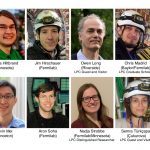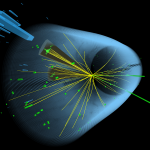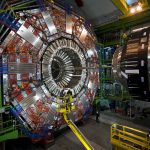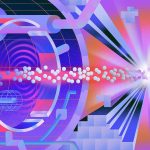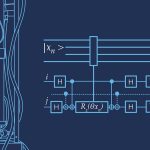From IRIS-HEP, April 10, 2021: Allison Hall, Fermilab LHC Physics Center researcher, is quoted in this story on the hardware upgrade to CERN’s Large LHC that will significantly boost the proton beams’ intensity.
CMS
U.S. CMS physicists from Fermilab and associated universities collaborating under the umbrella of the LPC make up a team that is the first to perform a new kind of search for “stealthy” supersymmetry that does not result in an obvious signature of large energy imbalance. Instead, the LPC team is looking for collisions that result in an unusually large number of particles in the detector. CMS recently published a briefing explaining their analysis.
The prodigious amount of data produced at the Large Hadron Collider presents a major challenge for data analysis. Coffea, a Python package developed by Fermilab researchers, speeds up computation and helps scientists work more efficiently. Around a dozen international LHC research groups now use Coffea, which draws on big data techniques used outside physics.
From Phys.org, Dec. 7, 2020: The CMS collaboration, a worldwide group of scientists studying particle collisions at CERN’s Large Hadron Collider, has recently observed the production of three massive gauge bosons in proton-proton collisions for the first time ever. Northwestern University postdoc and Fermilab Distinguished Researcher Saptaparna Bhattacharya talks about the triboson search.
From the CMS collaboration, Nov. 30, 2020: On Nov. 24, the CMS collaboration at CERN’s Large Hadron Collider announced the publication of the 1,000th paper in a peer-review journal, an exceptional achievement for a single experiment. Fermilab scientist Boaz Klima, CMS Publications Committee chair, is quoted.

